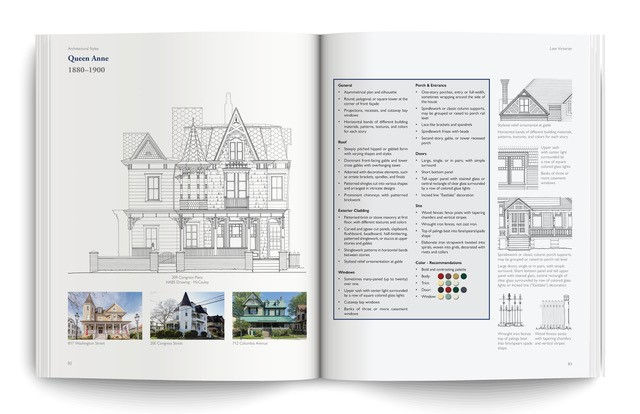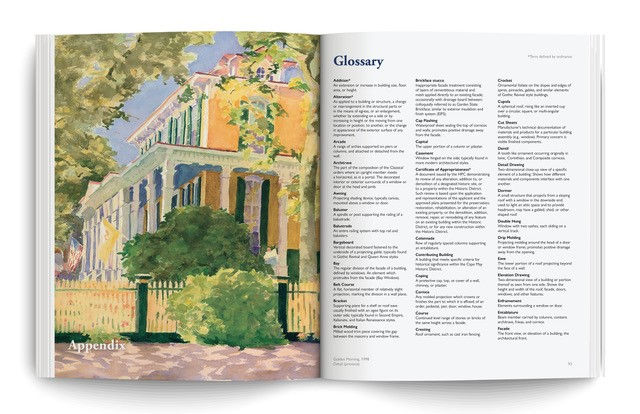Cape May Leads the Way with their Design Standards
- Maria Boyes
- Jul 21, 2024
- 3 min read
Updated: Jul 29, 2024
The picturesque town of Cape May, with its late Victorian architecture and charming streetscapes, has long stood as a prime example to the power of preservation. Granted landmark status almost 50 years ago, city officials understood the importance of saving and maintaining their history. During this time, the creation, implementation and ultimate updates of the official Design Standards have become an integral part of living and owning property in Cape May.
Warren Coupland, Chair of the Historic Preservation Commission (HPC), has been a member for 17 years. He emphasizes that these Standards are not merely Design Guidelines but in fact very much a part of the Zoning Ordinance. Adherence to these Standards is crucial in preserving Cape May’s unique character and ensuring the longevity of its historical treasures.
Several years ago, it became clear to the HPC that these Standards, although technically accurate, were due for an update. They formed a committee consisting of not only HPC members but also builders, architects, photographers, and everyday residents to update and make them more “user-friendly." Additionally, Coupland cited a need to guide new construction.
“This book includes several styles that are appropriate for the Victorian period,” says Coupland, “but it also guides new construction. We ask the applicant not to copy the historic architecture but to provide a contemporary interpretation of the style that is prevalent in the streetscape.”
To offset costs, the HPC applied for and received a grant from the state through the Certified Local Government Grant Program. HPO Administrator and Deputy State Historic Preservation Officer Kate Marcopul states “The Historic Preservation Office was proud to support the development of an update to Cape May’s Design Standards through our CLG Grant program.”
“These standards help ensure the future preservation of the Cape May Historic District by providing clear guidance to homeowners on how to approach various types of projects,” adds Marcopul. “This updated version builds on their award-winning prior standards by incorporating newer project types such as wind power, solar power, and flood mitigation.


For this, Coupland credits architect and consultant Steven Smolyn. Although a resident of Hoboken, where he serves on the HPC, Smolyn consults in several municipalities. He first became aware of “the purview and the power of preservation” while living in a college fraternity house in upstate New York. Residents in the neighborhood expressed concern about a proposed development in their district. Smolyn remembers, “we heard there was a meeting and we showed up to support the neighbors.“ Ultimately the development was voted down.
Regarding Cape May’s updated Standards, Smolyn emphasizes the importance of the newly added content. “The previous book didn't have anything on flood adaptation, solar panels, accessibility, or storefronts,” he explains. To modernize them, he turned to AI technology to refine the narrative and create technical standards. “I prompted the system to improve the technical ability while making it simple enough for a homeowner with no background in architecture or engineering to understand.”
In addition to providing the Standards on the HPC website, Cape May takes the innovative approach of making them available to purchase online, in soft and hard cover versions. With beautiful photography, artwork and illustrations, this is not about making money but offering several options for residents to access and own this important information. “Most people access them online,” says Smolyn, “but it always benefits to have a hard copy.”
As for technology playing a role in the future of preservation? Smolyn cautions not to rely solely on AI however confirms this approach made the content much more user-friendly and accessible for residents as well as HPC members. “We can't put the whole profession on autopilot,” he muses, “but it's pretty remarkable how helpful technology can be. It certainly puts the homeowner, or in some cases the design professional, in the right ballpark.”
To review Cape May's Design Standards, visit:


Comments